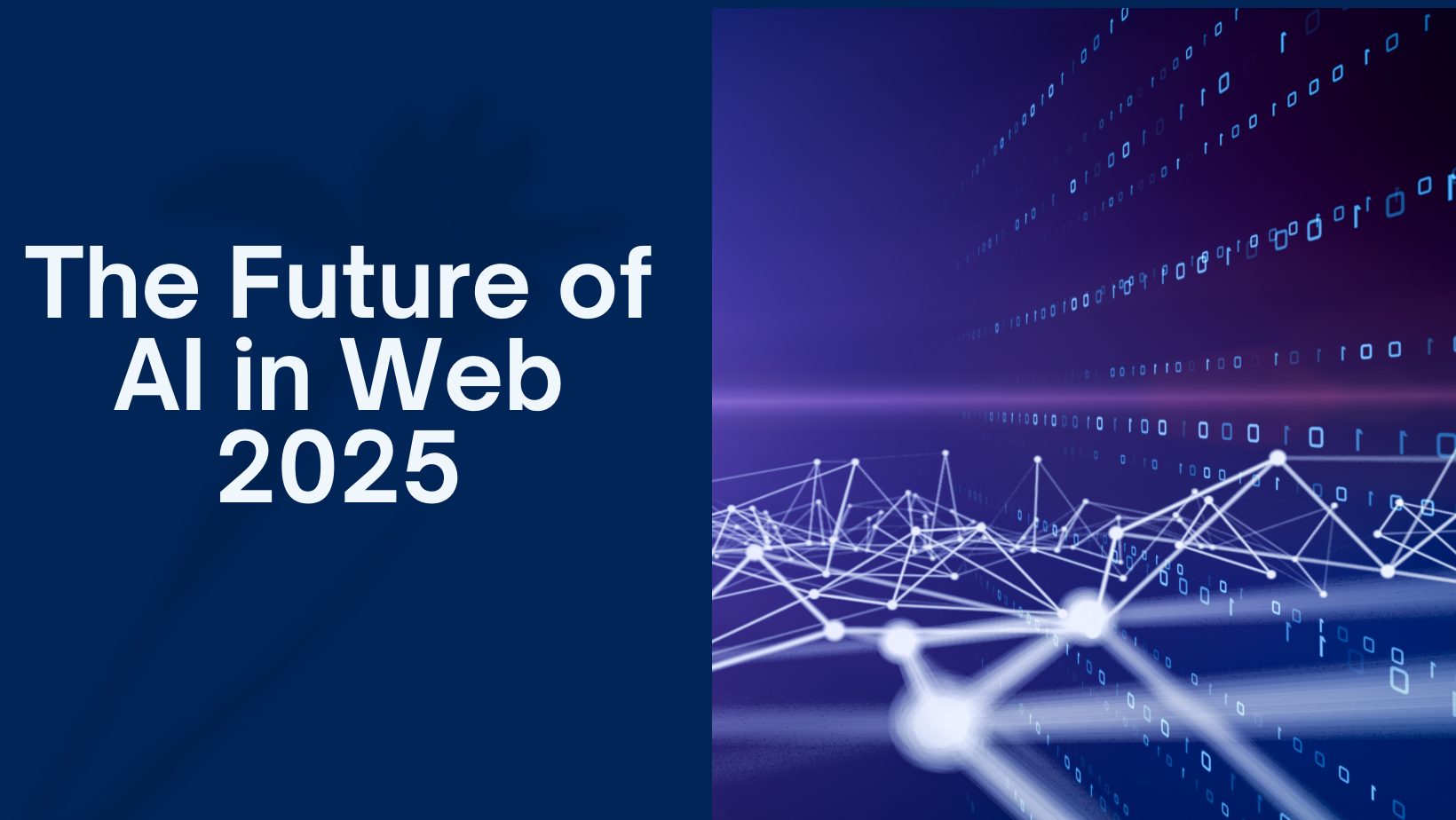
The Future of AI in Web Development: 2025 Trends to Watch
Artificial Intelligence is revolutionizing web development, turning complex workflows into seamless, intuitive processes. From crafting pixel-perfect designs to writing flawless code, AI is empowering developers to build smarter, faster, and more inclusive applications. Dive into the trends shaping the future and discover how to stay ahead in 2025.
AI-Powered Design Automation
Imagine creating stunning, responsive layouts in seconds. Tools like Figma’s AI Assist and Adobe Firefly use deep learning to analyze thousands of top-tier designs, delivering tailored UI/UX solutions instantly. Whether it's generating color palettes or full-page layouts, these tools are game-changers.
Why It Matters
- Blazing Speed: Prototypes that took weeks are now ready in hours, slashing project timelines by up to 60% (Forbes, 2024).
- Brand Consistency: AI enforces design guidelines across all pages, ensuring a cohesive look.
- Inclusive Design: Automated suggestions for color contrast and screen reader compatibility align with WCAG 3.0 standards.
Case Study: A fintech startup used Figma’s AI Assist to prototype a dashboard in 3 hours, achieving a 30% boost in user engagement during beta testing.
Intelligent Code Generation
AI coding assistants like GitHub Copilot and ChatGPT Code Interpreter are like having a senior developer by your side. They write, debug, and optimize code with unprecedented accuracy, reducing errors and accelerating development.
Real-World Impact
A SaaS company cut development time by 40% by leveraging AI to generate React components and Node.js APIs. Here’s a sample AI-generated React component:
const UserCard = ({ user }) => (
<div className="p-4 bg-gray-800 rounded-lg shadow-lg hover:shadow-xl transition-shadow">
<h3 className="text-lg font-semibold text-white">{user.name}</h3>
<p className="text-gray-400">{user.email}</p>
</div>
);
This automation lets developers focus on innovation rather than repetitive tasks.
Real-Time Personalization
AI-driven personalization engines create websites that feel custom-built for each user. By leveraging predictive analytics, NLP, and behavioral tracking, platforms adapt in real-time—think dynamic product recommendations or mobile-optimized CTAs.
Example
An e-commerce site using AI personalization saw a 35% increase in conversions by tailoring product displays based on user browsing patterns (McKinsey, 2025).
AI in Testing and Quality Assurance
AI testing tools like Testim and Mabl detect bugs, performance issues, and security vulnerabilities faster than ever. By simulating thousands of user scenarios, they ensure flawless deployments.
Benefits
- Speed: Reduces QA cycles from days to hours.
- Precision: Identifies edge cases missed by manual testing.
- Security: Scans for vulnerabilities like XSS or SQL injection.
A 2025 Forrester report predicts AI-driven QA will cut production bugs by 60%, enhancing user trust.
Predictions for 2025 and Beyond
- Hyper-Personalization: Websites will adapt seamlessly to individual user preferences.
- No-Code AI Platforms: Tools like Webflow AI will enable anyone to build apps without coding.
- Ethical AI Standards: Regulations like the EU’s AI Act will ensure transparency and fairness.
Get Ready for the Future
To harness AI, adopt:
- Modular Architecture: Use micro-frontends for seamless AI integration.
- API-First Design: Connect with AI services like AWS SageMaker.
- Security Measures: Protect AI models with encryption and adversarial training.
Final Thoughts: AI isn’t replacing developers—it’s amplifying their potential. Master these tools to lead the web development revolution in 2025.